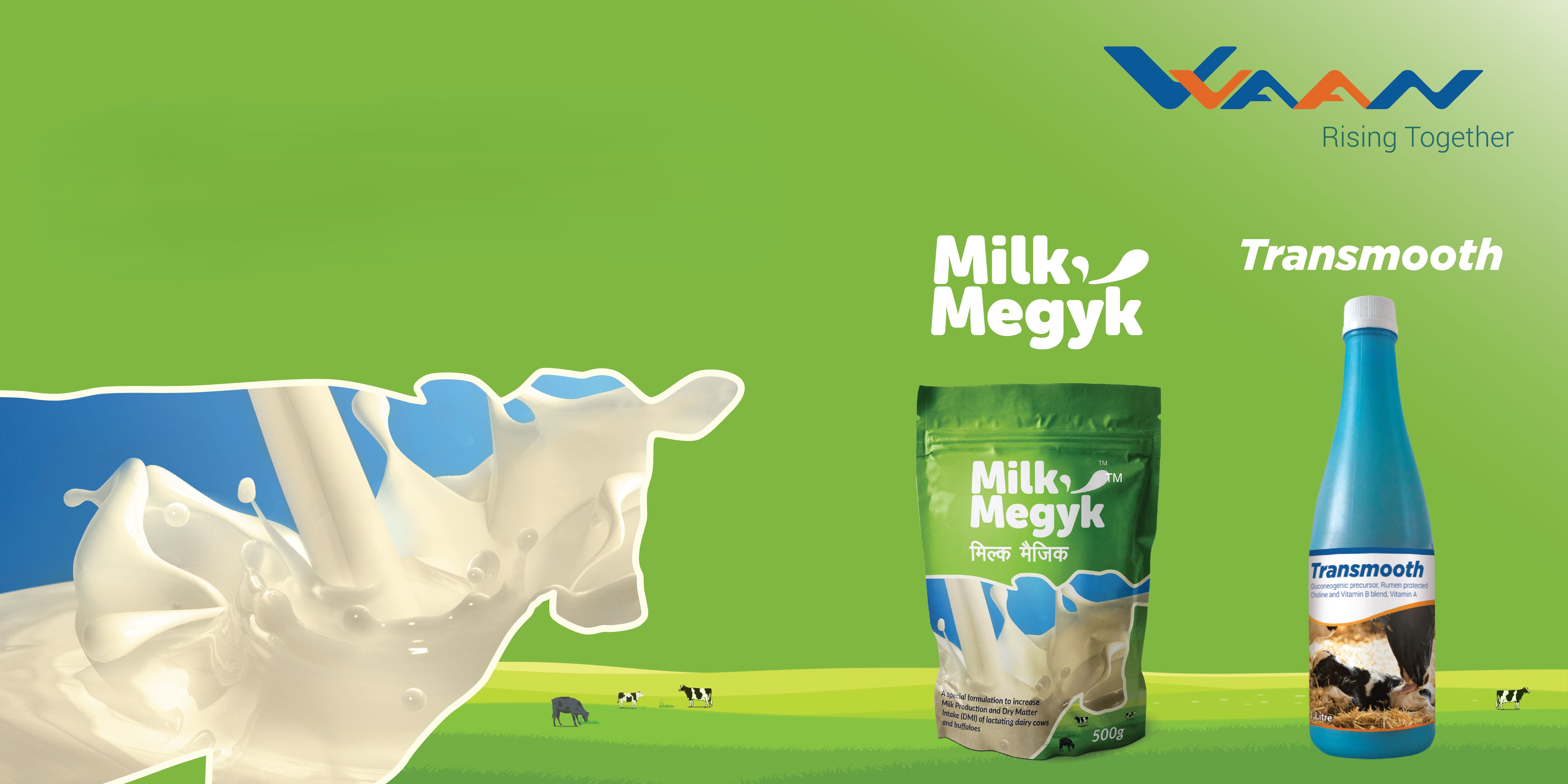Negative energy balance in Dairy cattle and management strategies
Negative Energy Balance in Dairy Cattle due to Low Dry Matter Intake in Summer
Introduction
Understanding the intricacies of dairy cattle management is crucial for maintaining optimal productivity. One of the key challenges faced by dairy farmers, especially during the scorching summer months, is negative energy balance due to low dry matter intake. In this article, we'll delve into the causes, effects, and management strategies for tackling this issue head-on.
Understanding Negative Energy Balance
Negative energy balance occurs when the energy expenditure of a dairy cow exceeds its energy intake, leading to a depletion of body reserves. This imbalance often arises from inadequate dry matter intake, particularly prevalent in summer when high temperatures and humidity levels negatively impact feed consumption.
Causes of Low Dry Matter Intake
Heat Stress
Heat stress is a primary culprit behind reduced dry matter intake in dairy cattle during summer. Cows are highly sensitive to heat, and excessive heat can cause them to seek shade and reduce their activity levels, consequently lowering their appetite.
Decreased Appetite
Aside from heat stress, various factors contribute to decreased appetite in dairy cattle during summer. Poor ventilation in barns, subpar water quality, and changes in forage quality due to heat stress can all discourage cows from consuming sufficient dry matter.
Effects of Negative Energy Balance
Reduced Milk Production
One of the most significant consequences of negative energy balance is a decline in milk production. Dairy cows prioritize maintaining essential bodily functions over milk synthesis when faced with an energy deficit, resulting in decreased milk yield and quality.
Health Issues
Prolonged negative energy balance can lead to various health problems in dairy cattle. These include metabolic disorders like ketosis and fatty liver syndrome, as well as reproductive issues such as prolonged postpartum anestrus and reduced fertility.
Management Strategies
To mitigate the impact of negative energy balance on dairy cattle during summer, proactive management strategies are essential.
Improving Feeding Management
Implementing feeding practices that encourage higher dry matter intake is crucial. This may involve offering fresh, palatable forages, providing multiple feeding sessions throughout the day to minimize competition, and ensuring easy access to clean water.
Providing Adequate Shade and Ventilation
Creating a comfortable environment for dairy cattle is paramount. Adequate shade and proper ventilation in barns help alleviate heat stress, encouraging cows to maintain their appetite and consume sufficient dry matter.
Nutritional Interventions
Supplementing the diet with energy-dense feeds or additives can help bridge the energy gap during periods of low dry matter intake. Formulating rations with higher energy content and optimizing the balance of nutrients can support cows in maintaining their energy status.
Monitoring and Prevention
Regular monitoring and preventive measures are vital for managing negative energy balance in dairy cattle.
Regular Health Checks
Frequent health assessments allow early detection of any signs of negative energy balance or associated health issues. Prompt intervention can prevent the condition from worsening and minimize its impact on productivity.
Heat Stress Management
Implementing strategies to mitigate heat stress, such as installing fans or misters in barns, providing access to cool water sources, and adjusting feeding schedules to cooler times of the day, can help maintain dry matter intake and prevent negative energy balance.
Conclusion
Addressing negative energy balance in dairy cattle during summer requires a multifaceted approach that encompasses feeding management, environmental control, and nutritional interventions. By understanding the causes, effects, and management strategies outlined in this article, dairy farmers can proactively safeguard the health and productivity of their herds.
FAQs
What is negative energy balance in dairy cattle?
Negative energy balance occurs when a dairy cow's energy expenditure exceeds its energy intake, leading to a depletion of body reserves, particularly during periods of high milk production or reduced feed consumption.
How does heat stress affect dry matter intake?
Heat stress can significantly reduce dry matter intake in dairy cattle by causing discomfort, decreasing appetite, and increasing metabolic heat production, prompting cows to prioritize thermoregulation over feeding.
What are the signs of negative energy balance in dairy cattle?
Signs of negative energy balance may include reduced milk production, weight loss, decreased body condition score, ketosis, fatty liver syndrome, and reproductive issues such as prolonged postpartum anestrus or reduced fertility.
Can nutritional supplements help prevent negative energy balance?
Yes, nutritional supplements can help bridge the energy gap during periods of low dry matter intake. Energy-dense feeds or additives can be incorporated into the diet to support dairy cows in maintaining their energy status and productivity.
What are the long-term effects of negative energy balance on dairy cattle?
Prolonged negative energy balance can lead to various health issues in dairy cattle, including metabolic disorders such as ketosis and fatty liver syndrome, reproductive problems, reduced milk production, and compromised immune function, ultimately impacting herd profitability and welfare.
